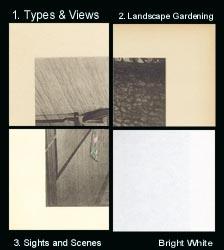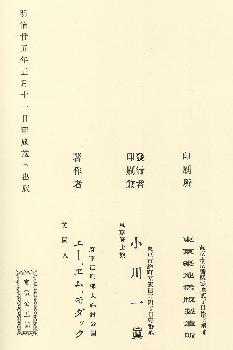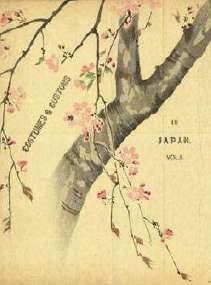~~ Book Set 1893070704 ~~
Costumes and Customs in Japan |
|
One plate in Volume II - "The Toilet" - is rather unusual for an Ogawa book in that is shows a young lady with no cloths from the waste up. While such photographs were common in the tourist trade of this period, it appears that Ogawa refrained from using them in the books he published. Wenckstern first lists this set (2 volumes) as published during the 1891-3 time period. Because the vast majority of these books do not have the colophon insert, it generally is not possible to date them with precision. However, I believe that the books with the cover title reading "In Phototype" and the descriptive titles on the tissue guard (not the collotype plate) are the earlier printings (ca 1893). For information on Kazumasa Ogawa, click here.
Note that the expanded view of the below images shows the descriptive title on the plate. That is not found on plates in this book. Rather it is printed on the tissue guard.
|
|
The Perry Expedition: General Information : Related Books/Pubs The Lithographs: Characteristics : Condition : Listing : Buying Order On-line: Lithograph Price List : Book Price List ABE Book List: BaxleyBooks Inventory on ABE Special Interest Books/Art: ~ K. Ogawa - Color Collotypes and Books/Prints ~ T. Hasegawa - Color Woodblock Books ~ Shimbi Shoin - Art Reproduction Books ~ Tamamura/Takagi, Kobe - Color Collotype Books ~ Georges Bigot - Etchings & Art ~ Keisuke Serizawa - Calendar Folios & Art ~ Woodblock Printing - Process & Miscellaneous Books ~ Japanese Woodblock Prints ~ Blackie the Photographer - Okinawa Photo Essay Books Meiji Era - Japan Views & Images (Price Lists & Information): ~ Albumen Photos : Chromolithographs ~ Colored Albumen Photographs (from Brinkley Books) ~ Stereoviews : Kazumasa Ogawa Collotypes ~ CDV - K. Ogawa : CDV - Other : Cabinet Cards ~ Glass Slides, "Magic Lantern" - Hand Colored ~ Fujiya Hotel, Miyanoshita PayPal Accepted: Pay for Purchases with PayPal Buying Books: Our Book Buying Interests BaxleyStamps: Main Page : Ryukyu Stamps : Japan Stamps Copyright and Fair Use Policy is here.
|
|
If you have material to sell, please visit this page: Buying.
George C. Baxley
Perry Expedition to Japan Books & Lithographs |
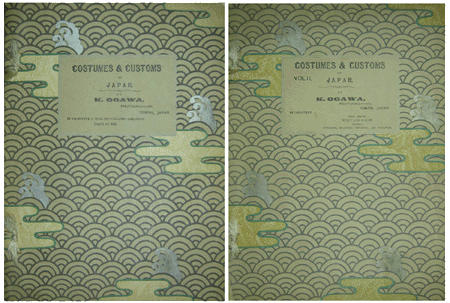
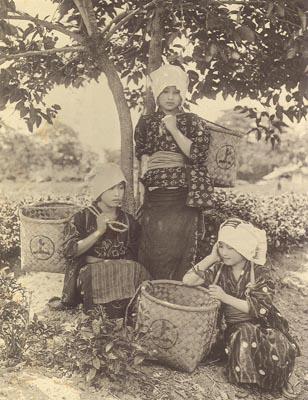
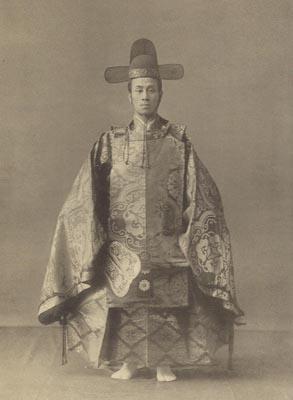
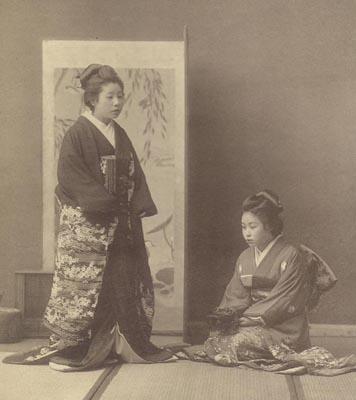
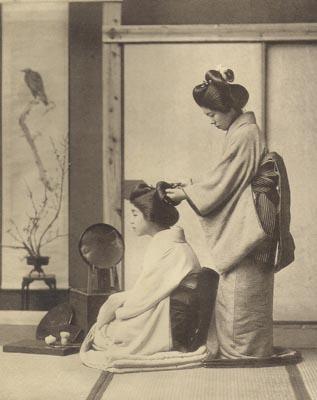

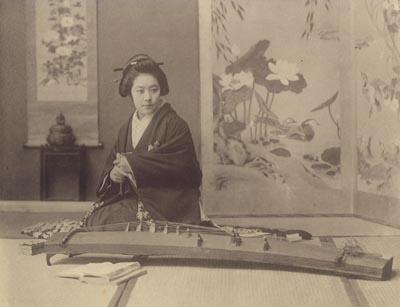
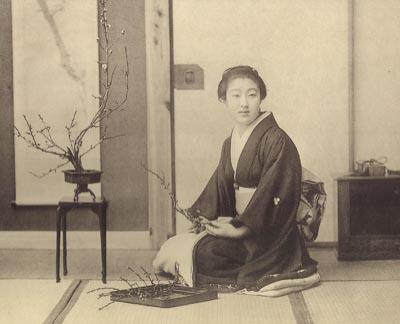
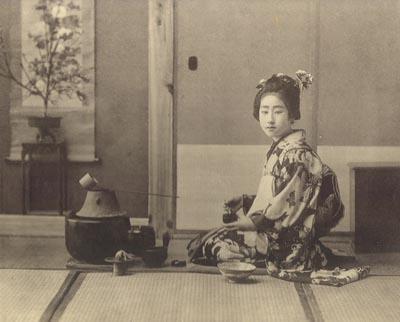
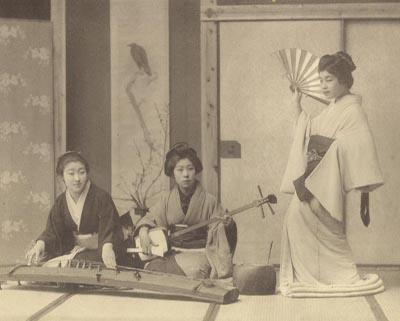

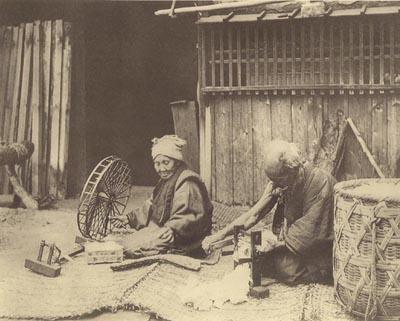

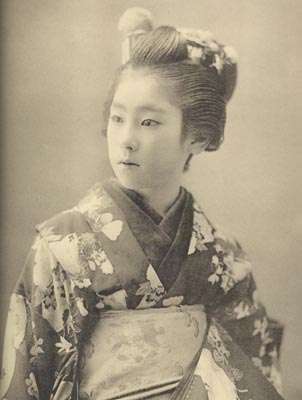
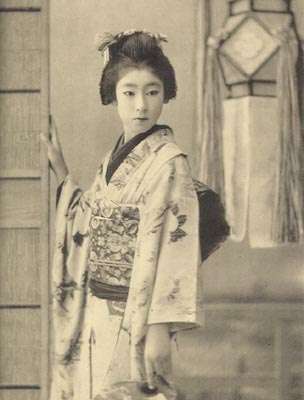
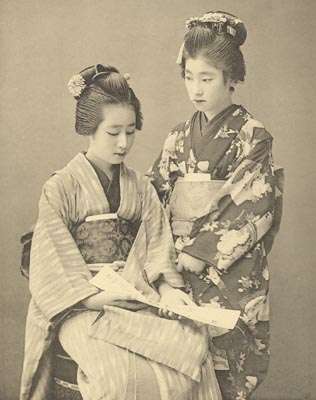

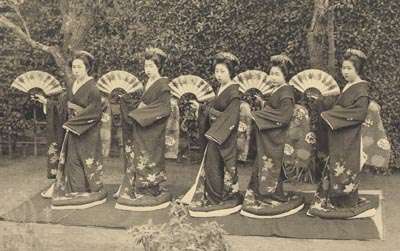

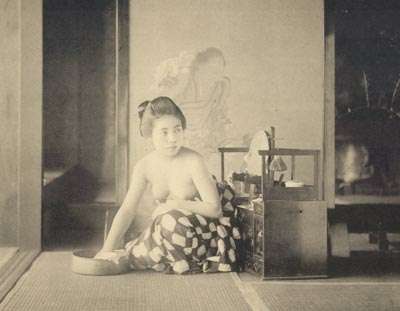
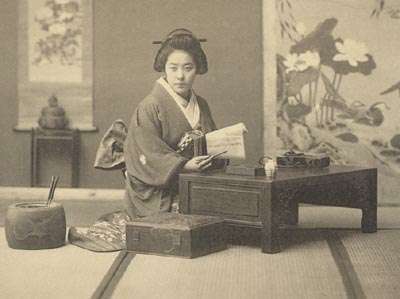


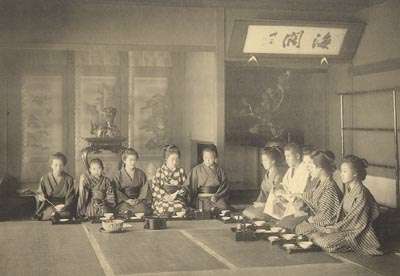

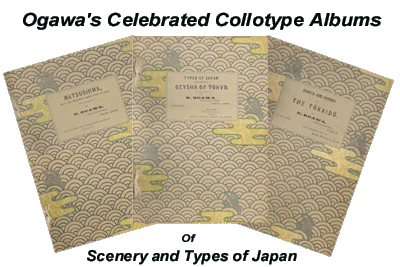
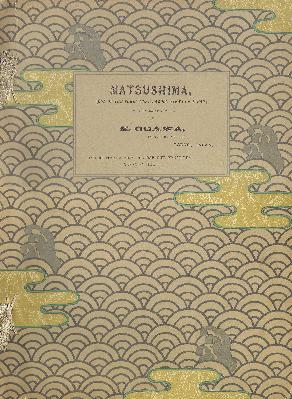


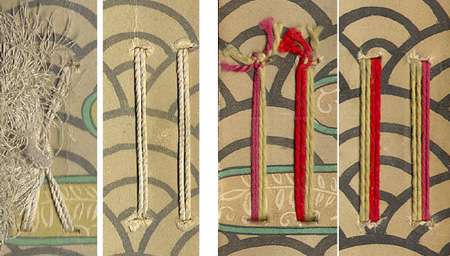

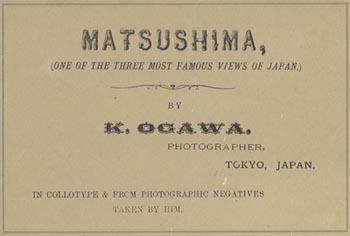
 Types and View books
Types and View books Landscape Gardening Supplement (1893)
Landscape Gardening Supplement (1893)
 Sights and Scenes in Fair Japan (1910)
Sights and Scenes in Fair Japan (1910)
 Bright white paper for comparison
Bright white paper for comparison
